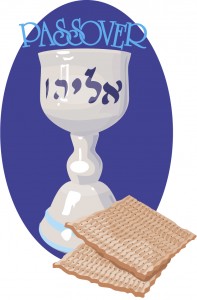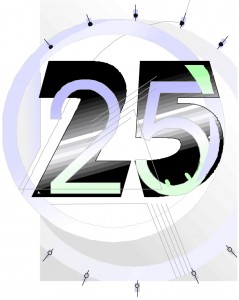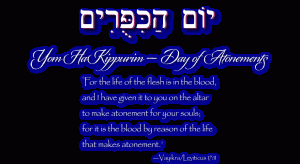Exodus 12:14, You shall keep it a feast. The key elements of the Passover celebration or seder which memorializes the exodus were (a) eating lamb (Exod 12:8), (b) eating bitter herbs (Exod 12:8), (c) eating unleavened bread (Exod 12:8), (d) telling their children the story of the exodus (Exod 10:2), (e) celebrating (Passover is a chag or celebratory feast, Exod 12:14), and (f) keeping the day set-apart (Passover combined with the first day of Unleavened Bread is a set-apart convocation or a time when YHVH’s people are to gather together, Exod 12:16).
This verse also tells us when the Israelites actually ate the Passover meal: It was called a feast (Heb. chag). Passover day (the 14th day of the first month on the biblical calendar) technically is not a chag. However, the Feast (Chag) of Unleavened Bread is a feast and it starts on the 15th day of the first month (Lev 23:6). Therefore, the Israelites slaughtered and prepared the Passover lamb on the 14th day of the first month and ate it at the beginning of the 15th day, which is the evening portion of the Feast of Unleavened Bread.





